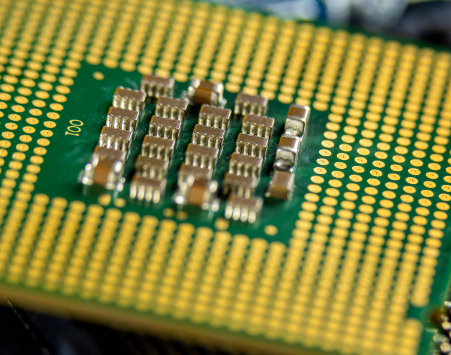Semiconductor Outlook Lifted on Surging Memory Prices
SAN FRANCISCO—A prominent semiconductor industry watcher has more than doubled its forecast for industry growth in 2017 on surging average selling prices (ASPs) for DRAM and NAND flash memory.
IC Insights Inc. Wednesday (March 29) said it now expects IC revenue to increase by 11 percent this year due to a substantial upgrade to the forecasts for DRAM and NAND, which the market research firm now expects to grow by 39 percent and 25 percent, respectively. IC Insights had previously forecast that the chip market would grow 5 percent in 2017.
Market watchers generally agree that 2017 should be a year of moderate growth for the semiconductor market after the industry posted a surprise 1 percent increase in sales in 2016, but 11 percent is among the most aggressive predictions to date. The World Semiconductor Trade Statistics organization and market research firm Gartner Inc. are both calling for around 7 percent growth for the year.
The DRAM market has been both a significant tailwind and headwind on total worldwide IC market growth in three out of the past four years. Source: IC Insights.
The DRAM market has been both a significant tailwind and headwind on total worldwide IC market growth in three out of the past four years.
Source: IC Insights.
The DRAM market growth is expected to be driven almost entirely by a 37 percent increase in ASPs compared with 2016, when DRAM ASPs declined by 12 percent, IC Insights said. NAND ASPs are projected to increase by 22 percent this year after falling 1 percent last year, the firm said.
IC Insights said DRAM ASPs increased from $2.41 in April 2016 to $3.60 in January of this year, a 49 percent jump. The spike was caused by a surge in demand from PC suppliers during the second half of 2016, the firm said.
Total DRAM bit volume demand is expected to increase by 30 percent this year while production capacity is expected to increase by just 20 percent, IC Insights said.
The DRAM market is projected to be worth $57.3 billion this year, by far the largest IC product category, according to IC Insights.
在线留言询价
- 一周热料
- 紧缺物料秒杀
| 型号 | 品牌 | 询价 |
|---|---|---|
| BD71847AMWV-E2 | ROHM Semiconductor | |
| TL431ACLPR | Texas Instruments | |
| MC33074DR2G | onsemi | |
| CDZVT2R20B | ROHM Semiconductor | |
| RB751G-40T2R | ROHM Semiconductor |
| 型号 | 品牌 | 抢购 |
|---|---|---|
| ESR03EZPJ151 | ROHM Semiconductor | |
| STM32F429IGT6 | STMicroelectronics | |
| IPZ40N04S5L4R8ATMA1 | Infineon Technologies | |
| BP3621 | ROHM Semiconductor | |
| BU33JA2MNVX-CTL | ROHM Semiconductor | |
| TPS63050YFFR | Texas Instruments |
- 周排行榜
- 月排行榜
AMEYA360公众号二维码
识别二维码,即可关注


请输入下方图片中的验证码:


























